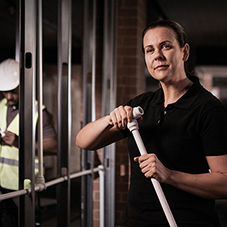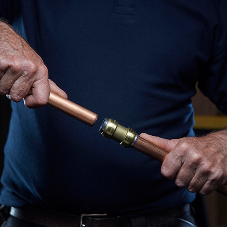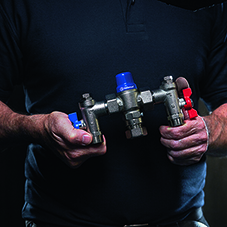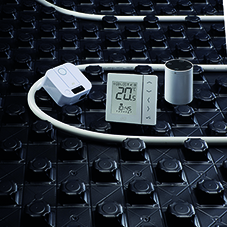Knowing how to keep water supplies safe is important for plumbing and heating installers. From scalding to backflow or stagnant water, there are many ways the water in our plumbing and heating systems can cause some serious health problems.
One of these is Legionnaires disease, and in this blog RWC explains what Legionnaires disease is, the role of Anti-Legionella valves, as well as where and how to install them.
What is Legionella?
Legionella bacteria is the cause of Legionnaires disease, a strain of atypical pneumonia with symptoms including coughing, shortness of breath, vomiting, diarrhoea, high fever, muscle pains and headaches.
The bacteria can grow in stagnant water ranging from 20°C-45°C, but it becomes dormant in water below 20°C and can’t survive in temperatures above 60°C. People can get Legionnaires disease by breathing in water droplets or particles that contain the bacteria.
The chances of the bacteria growing are higher in poorly designed plumbing and heating systems, or in a building or part of a building that isn’t used regularly. The biggest danger area is in the ‘dead legs’ of the pipework, which is a term used to describe a run of pipe that is no longer in use or has become isolated from the regular flow of water.
Other places that are at risk of the bacteria growing are cooling towers, humidifiers, hot water systems, room-air humidifiers and central air condition systems.
How to prevent Legionella:
The Control of Substance Hazardous to Health Regulations 2002 (COSHH) provide a framework of actions that can be taken to assess, prevent, or control the risk from bacteria like Legionella and suggests suitable precautions.
For more practical guidance, The Approved Code of Practice: Legionnaires disease gives advice on how to manage and control the risk of Legionella. One way to do this is by installing WRAS-approved "Anti-Legionella valves.
What are Anti-Legionella valves?
Anti-Legionella valves are specially designed to maintain water circulation through a standard single connection to an expansion vessel. It works by diverting a portion of the flow into the vessel and continually renewing the water content to make it difficult for Legionella bacteria to breed.
They are an alternative to installing a flow through expansion vessel, as these can be bulky and can cause logistical problems in retrofit projects. Also, it’s best to use only WRAS approved Anti-Legionella Valves and carry out a service on them every year.
The "Reliance Valves Anti-Legionella Valve is WRAS certified and includes a rotatable tee-piece and an integral isolating valve to allow for a quick, easy, and flexible installation. They can be used on any standard vessel with a 3/4” connection or up to 11/4” connections.
Where to install an Anti-Legionella Valve?
Anti-Legionella valves are best installed where there is a risk of stagnant water. For example, in an unvented hot water system.
In these systems, an expansion vessel is usually fitted on the Cold Inlet Supply to the Unvented Cylinder to ensure that any thermal expansion in the cylinder and pipework is accounted for. However, the water stored in these vessels can be prone to stagnation, resulting in a ‘dead leg’.
This is where an Anti-Legionella valve can help. The WRAS approved Anti-Legionella Valve from Reliance Valves is designed to be installed directly between the cold feed and expansion vessel via the tee and vessel connection.
How to install the Reliance Valves Anti-Legionella Valve?
There are just three steps to installation - all you need is the Reliance Valves’ Anti-Legionella Valve, a Reliance (Aquasystem) potable water expansion vessel with a 3/4" connector and a spanner.
Before you install the valve, make sure you flush the system of water and ensure it is free from debris. You also need to check that the system pressure and temperature are within the working parameters of the valve. Once that’s all good to go, you should follow these steps:
Insert the paddle retaining tube into the vessel connection by squeezing the tube together and pushing it into the vessel connection before letting it spring back into place.
Screw the Anti-Legionella valve onto the expansion vessel and tighten with a spanner, being careful not to damage the paddle or the paddle retaining clip. The valve includes a rubber seat, so you don’t need any extra washers or PTFE tape.
Connect the 3/4” tee piece onto the Anti-Legionella valve and tighten with a spanner. The connection is sealed with an O-Ring so there’s no need for any extra washers or PTFE tape. The tee piece should remain rotatable through 360° when it’s tightened.
Where and how to install Anti-Legionella valves
| T | (01895) 425333 |
|---|---|
| E | Info@RWC.com |
| W | Visit RWC – Reliance Worldwide Corporation's website |
| Horton Road, West Drayton, Middlesex, UB7 8JL |



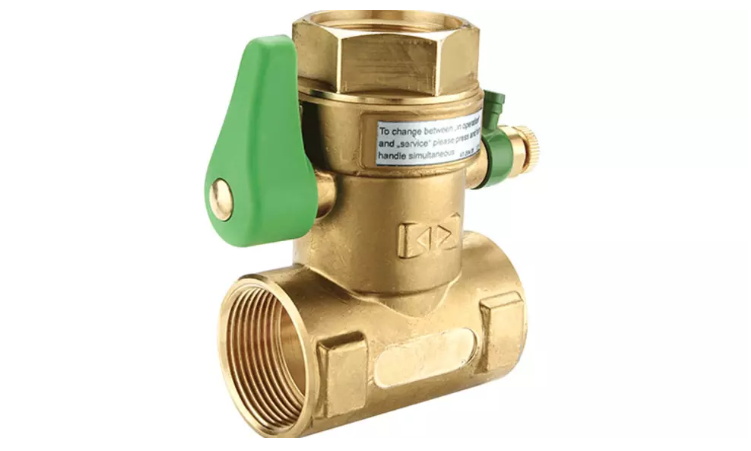
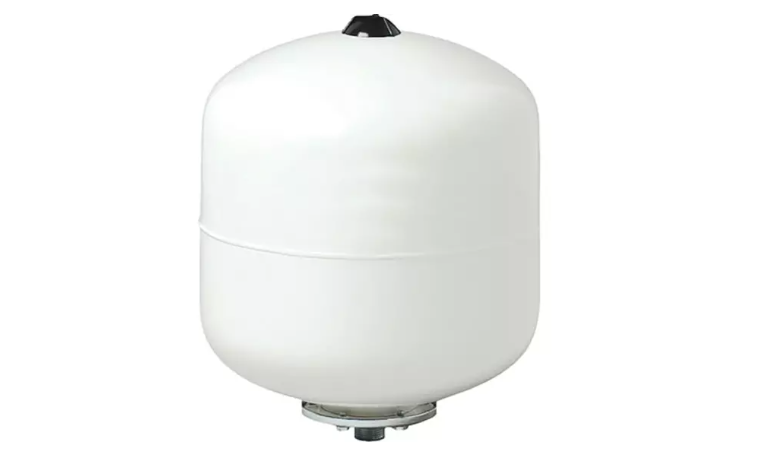
 (002)-comp104848.png)
